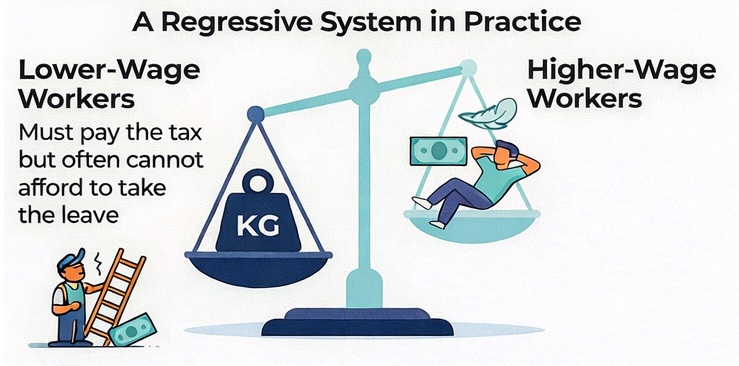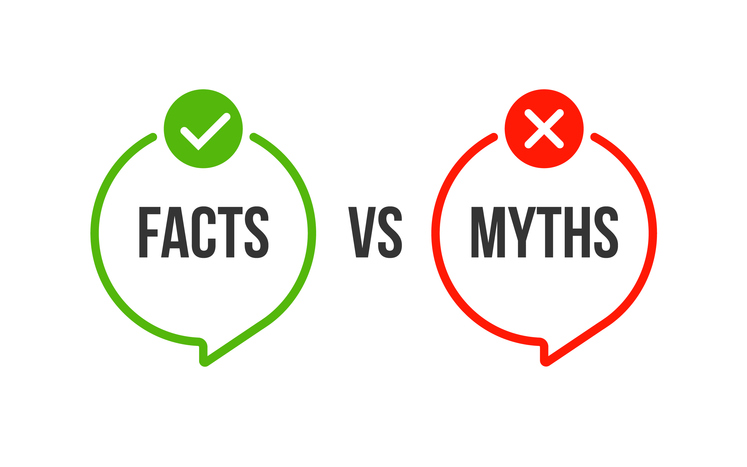A press release from Senate Democrats paints a picture of bipartisanship that isn't complete. The release said about 81% of the bills that passed in the session that ended earlier this month earned 31 or more votes from Republicans. (Know that I haven’t checked the numbers, and that this percentage is from a corrected release that followed an original version that had different percentages.)
Regardless of exact numbers, it is true that a majority of bills had at least one Republican signed on, earning the legislation the “bipartisan” label. But what the original and corrected releases don’t say is that only bills heard and voted on can pass in the first place. Democratic leadership ignores many bills it dislikes or doesn’t move them onto a floor vote. That improves the percentage of “bipartisan” bills that pass.
A few of my favorite ideas were wrapped in legislation that did not get a hearing this session, for example. Among them was a bill that would have restored some dignity to workers who were terminated from their jobs for lack of a COVID-19 vaccine. Another policy I liked that went ignored would have repealed the long-term care law. That could have saved lawmakers a massive breakdown of the WA Cares Fund if voters approve an initiative in November that makes the compulsory program and its payroll tax optional.
Notably, legislative majority leadership didn’t just shut down ideas from fellow lawmakers that they didn’t like, they also didn’t have hearings on three of six initiatives to the Legislature from the people — a bipartisan group of more than 450,000 people.
“Our constitution says that the initiatives are supposed to take precedence over anything else but budget bills,” retiring Sen. Lynda Wilson, R-Vancouver, said in a news release. They didn’t.
Instead of elected representatives considering half of the measures, voters will. That doesn't feel bipartisan, informative or respectful.






